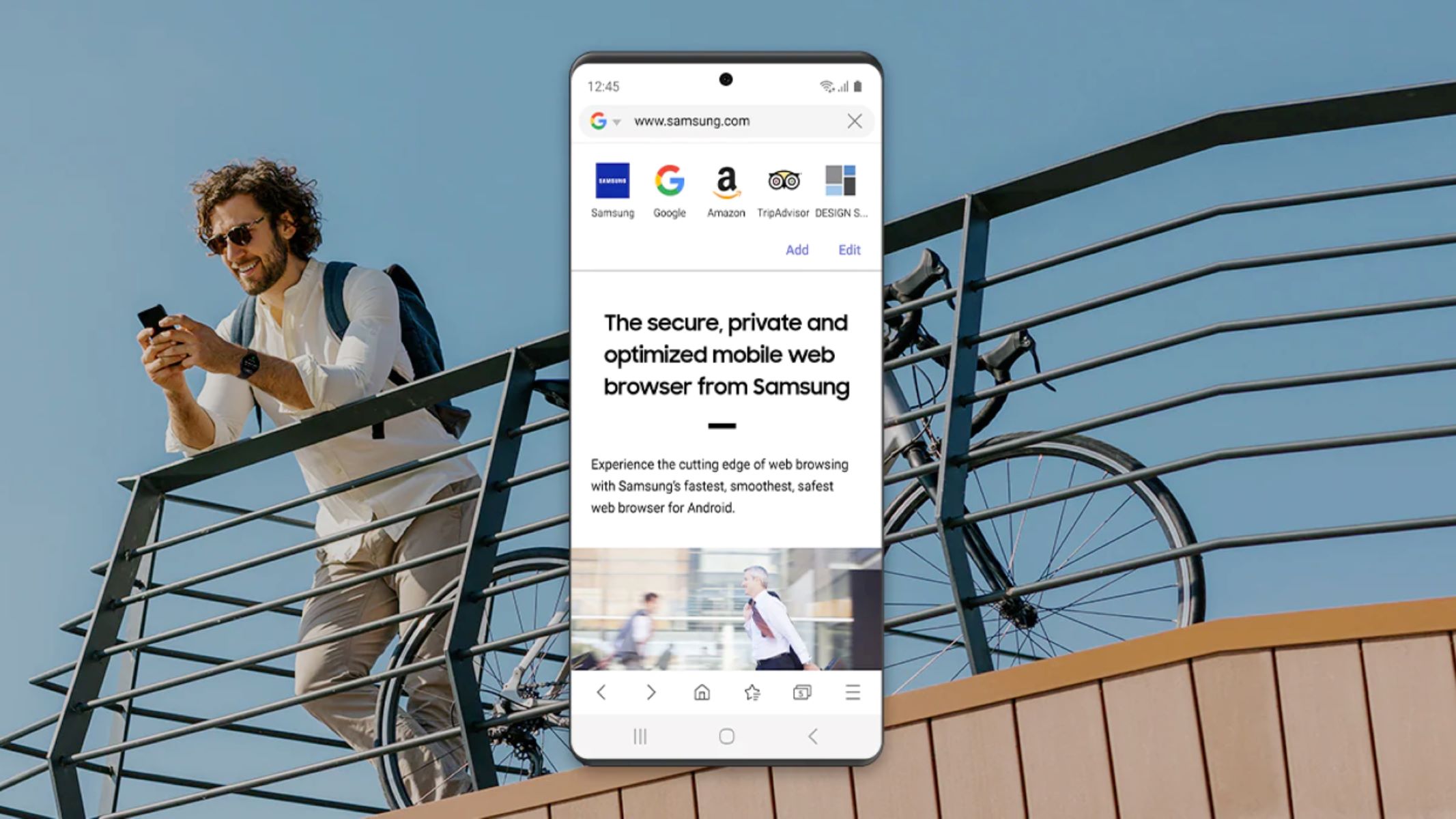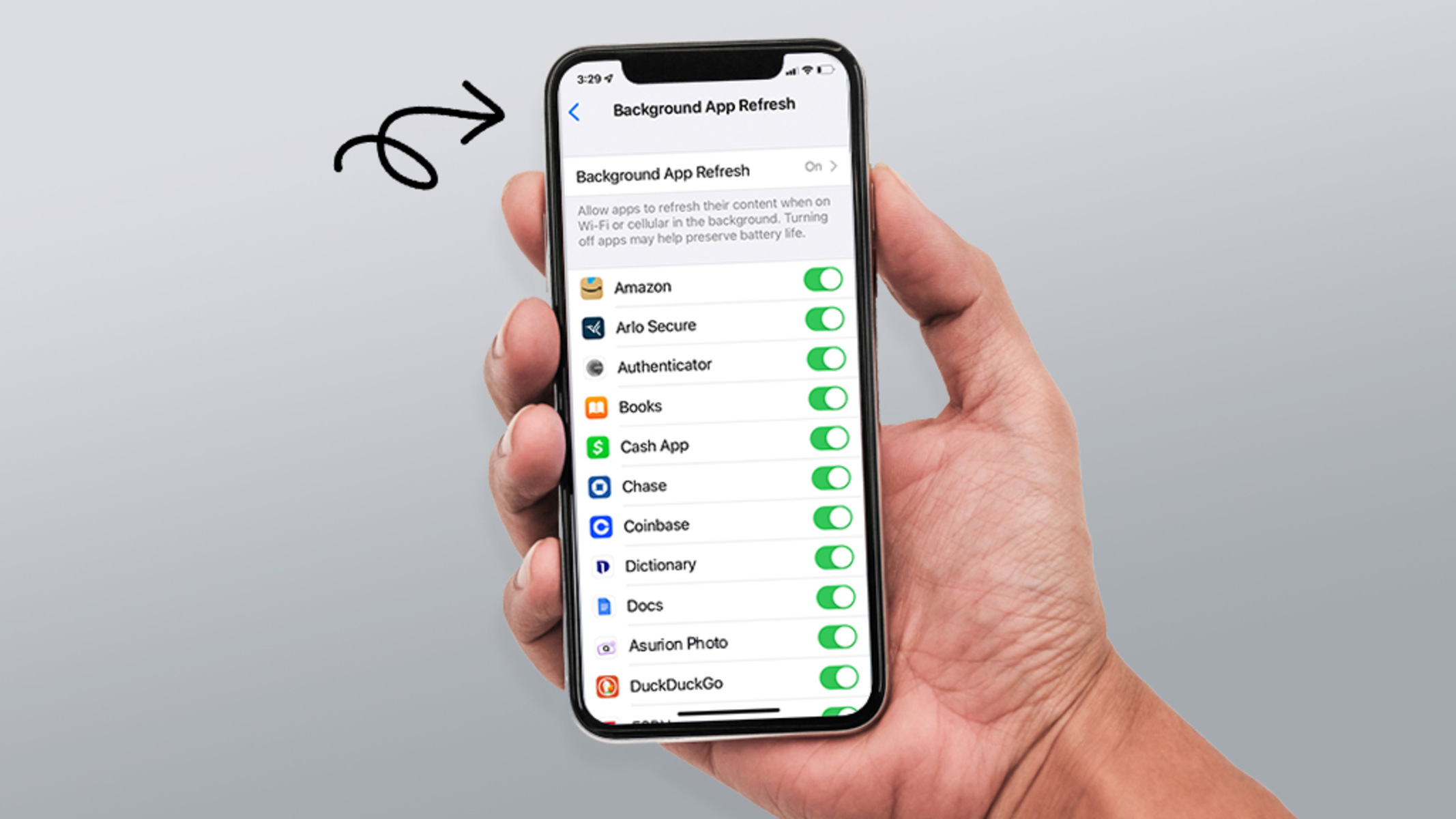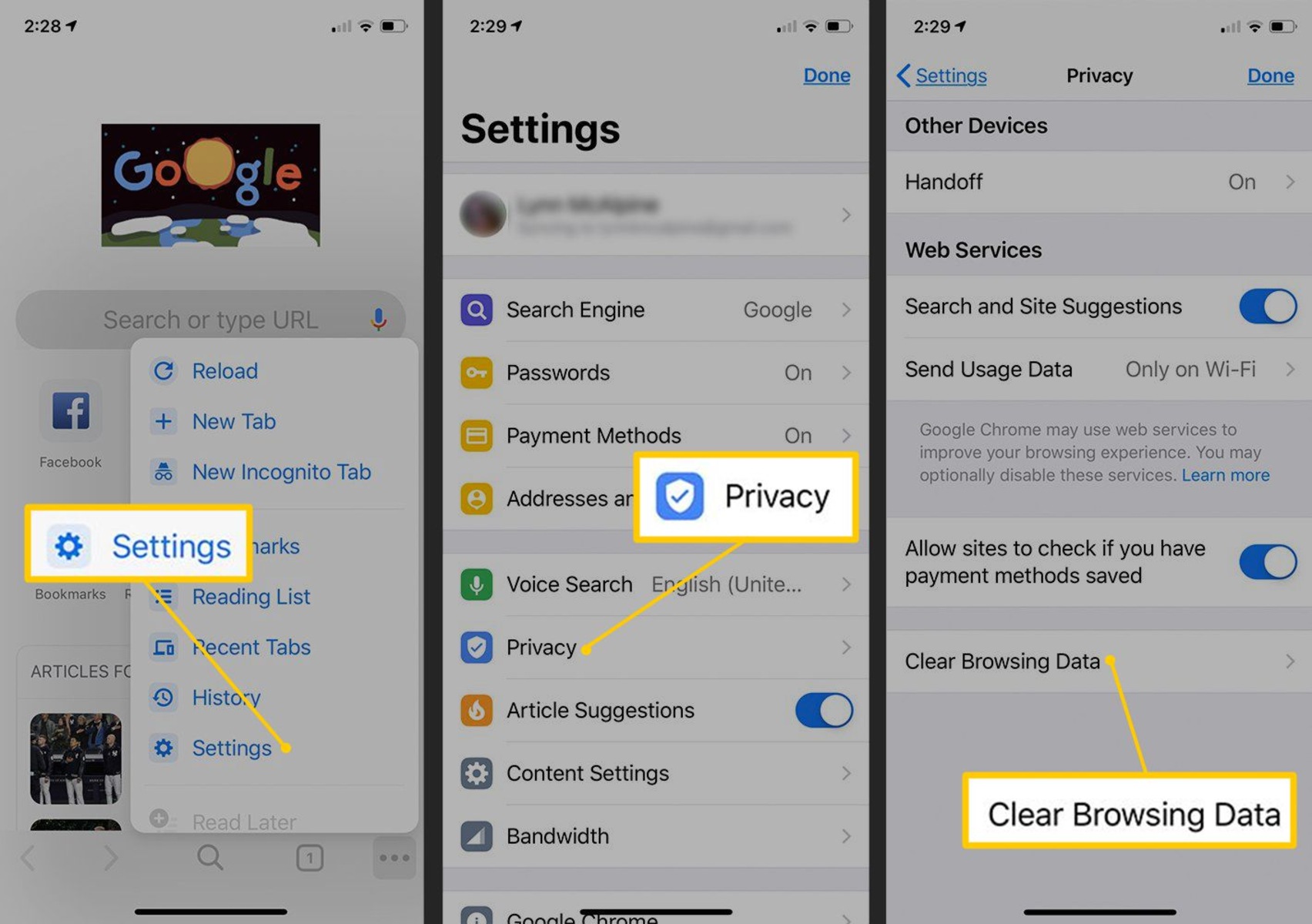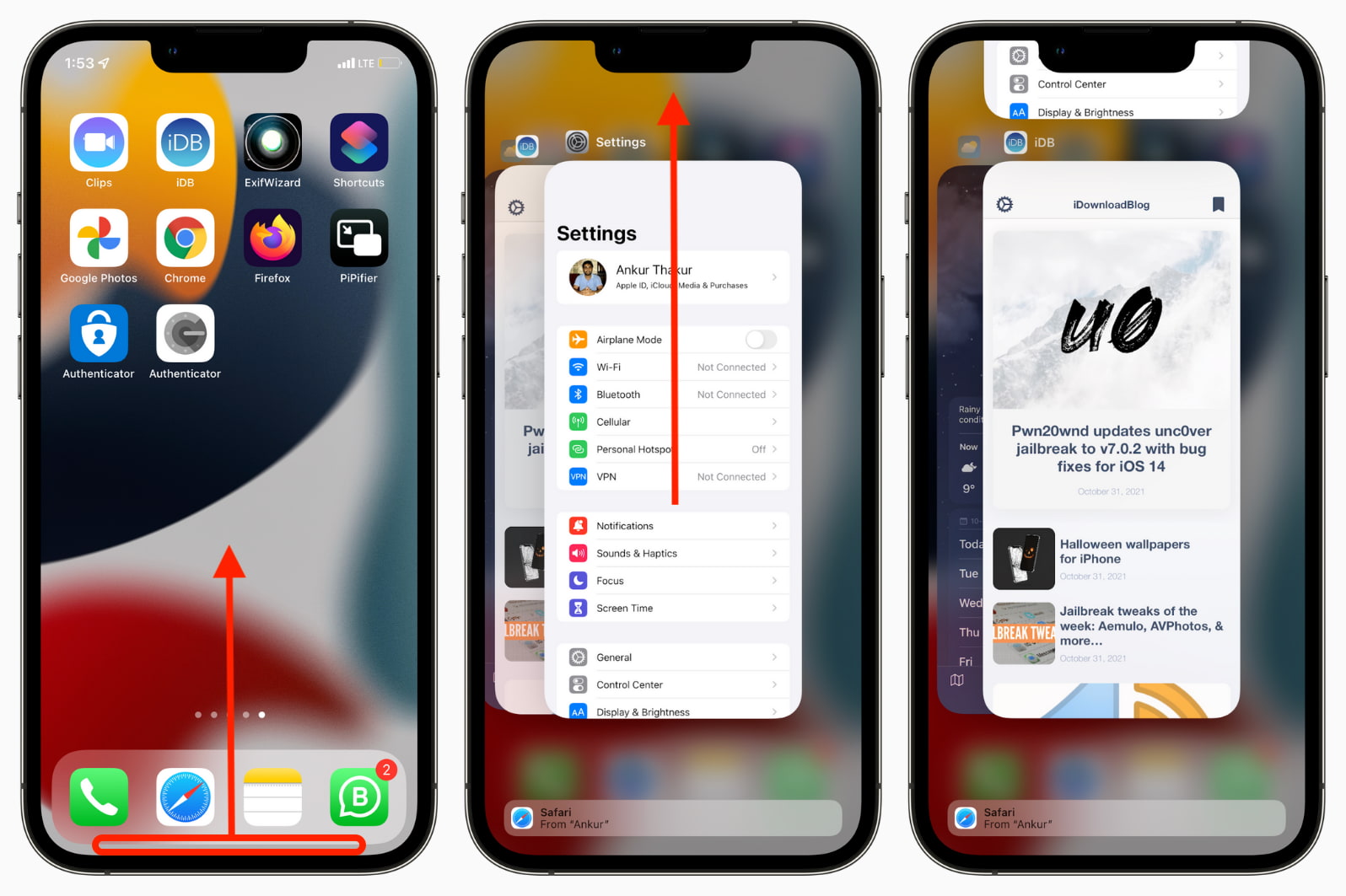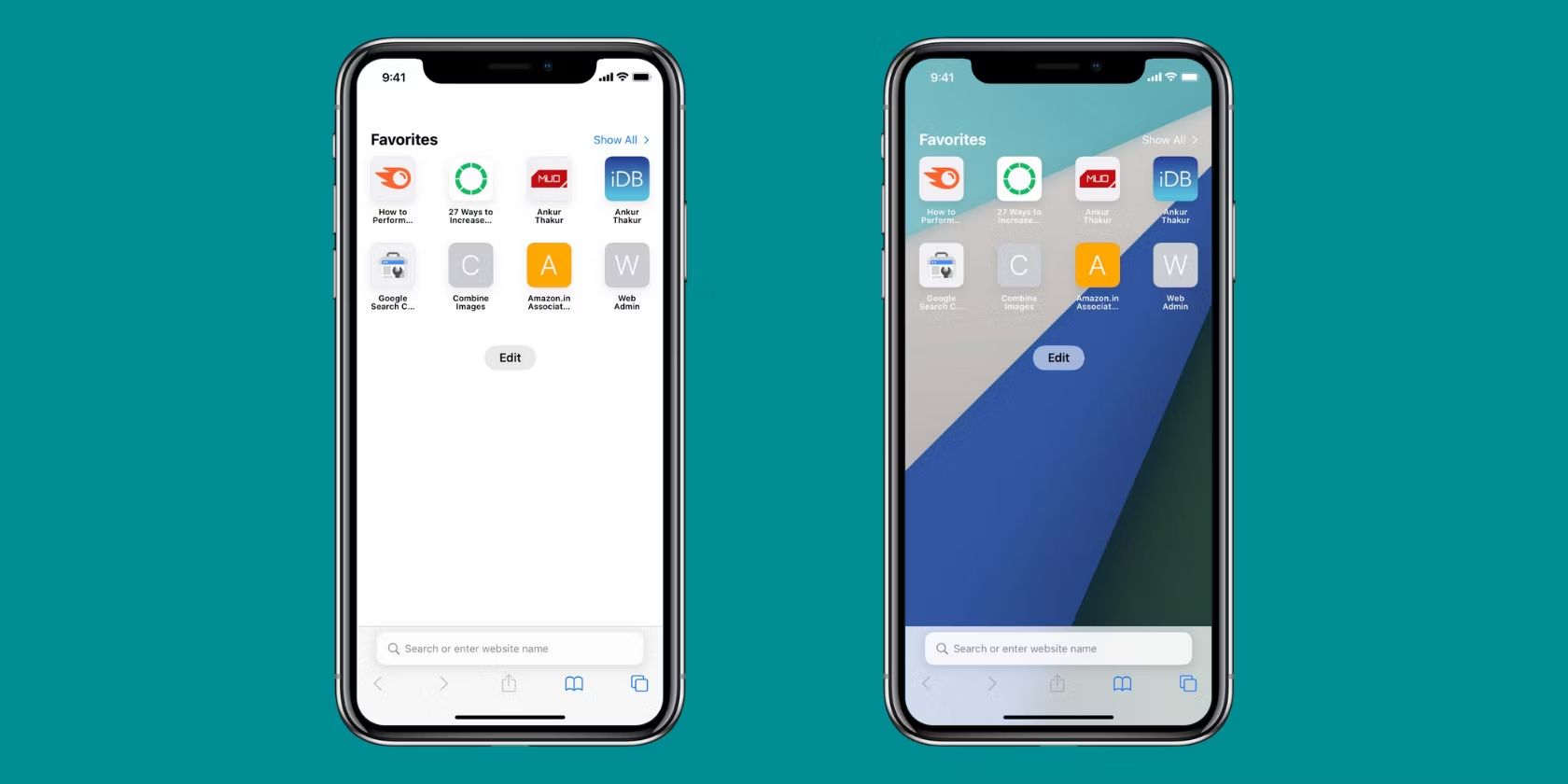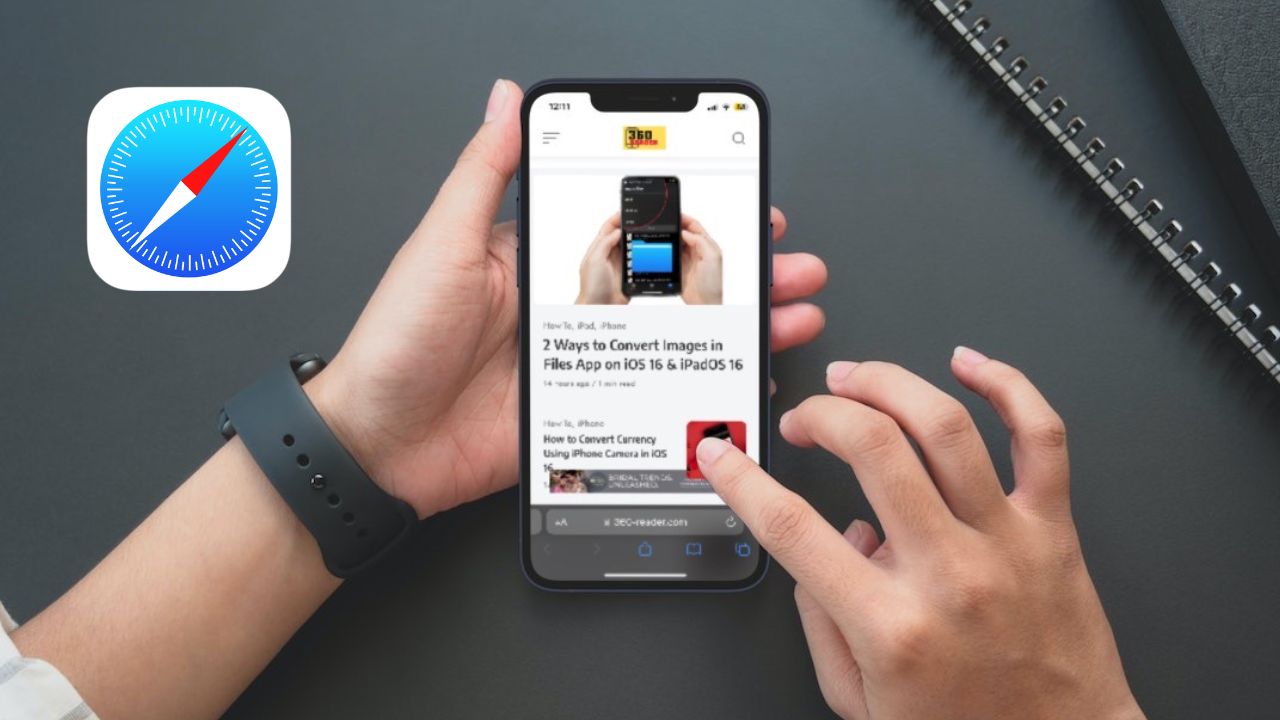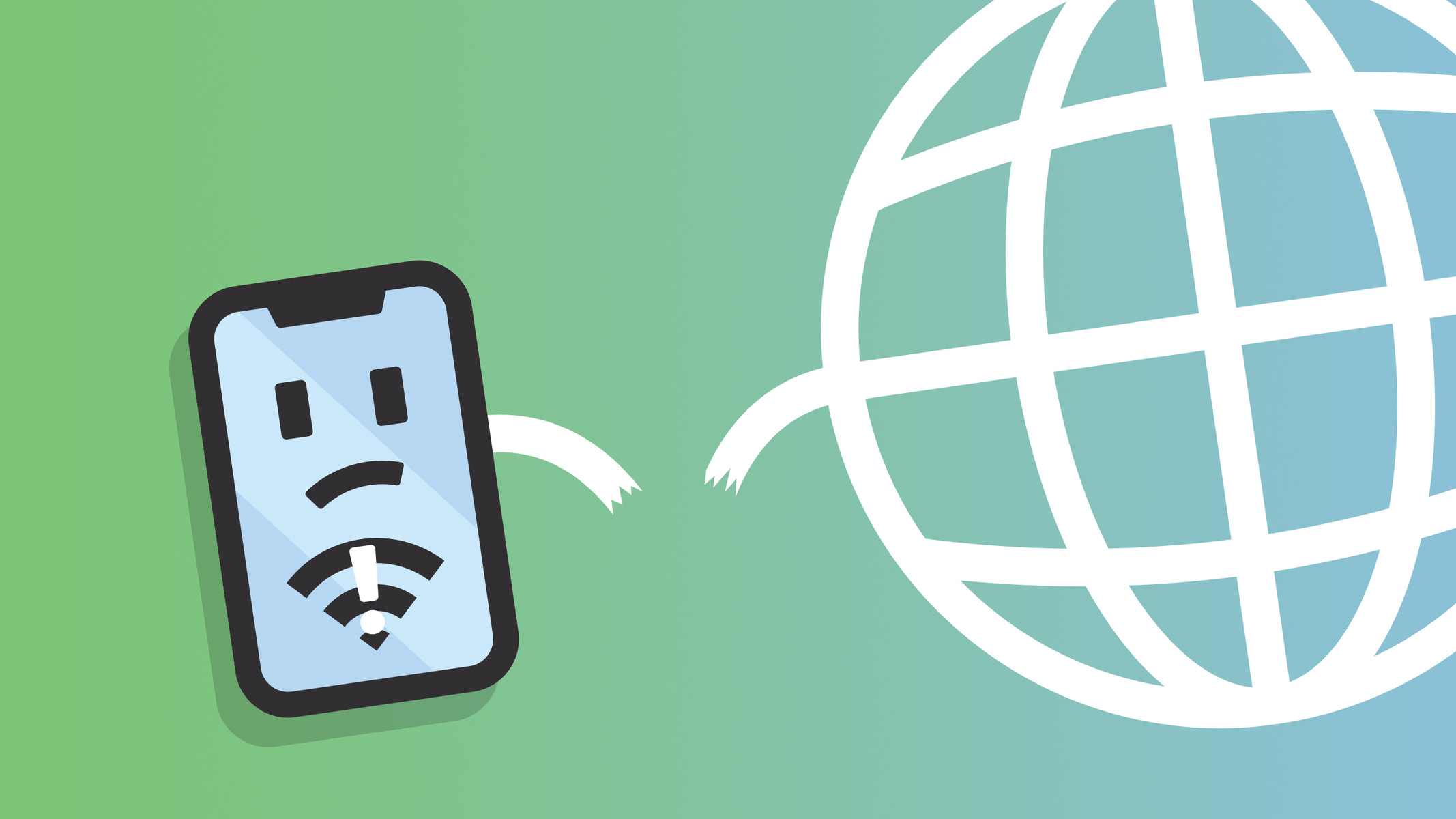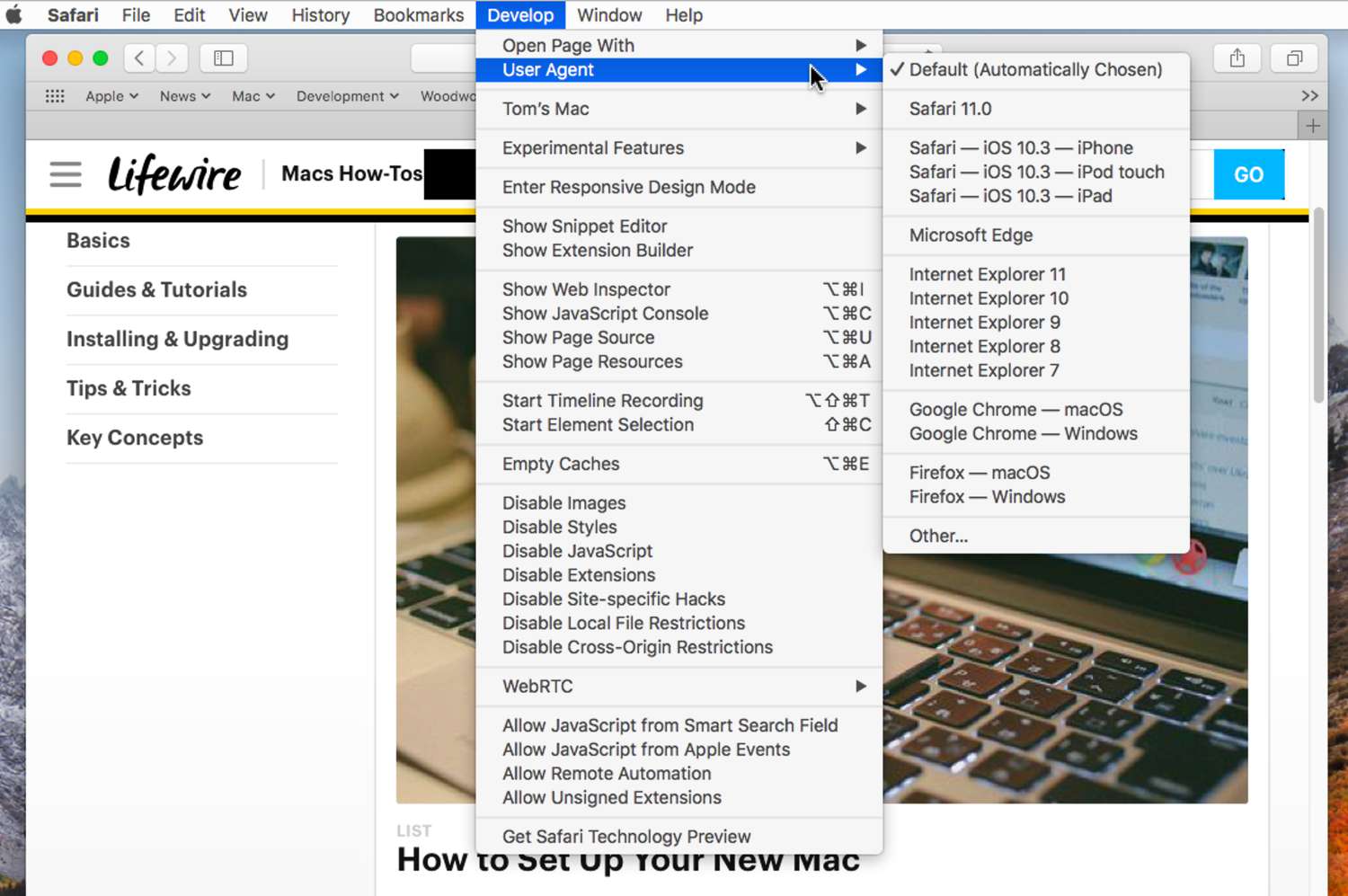Why do I need to refresh my browser on my phone?
When browsing the internet on your phone, you may encounter situations where refreshing your browser becomes necessary. Refreshing the browser essentially reloads the webpage and updates its content. This can be helpful in various scenarios:
- Refreshing to see the latest content: Websites often update their content frequently. By refreshing your browser, you can ensure that you are viewing the most up-to-date information available.
- Fixing website errors: Sometimes, a webpage might encounter errors or fail to load properly. In such cases, refreshing the browser can help resolve the issue by reloading the page and initiating a fresh connection with the server.
- Clearing cached data: Browsers store certain data, such as images, scripts, and stylesheets, in a cache to speed up subsequent visits to the same website. However, outdated or corrupted cached data can cause display or functionality issues. Refreshing the browser can clear the cache and retrieve the latest version of the web page elements.
- Resolving connectivity problems: If you are experiencing a slow or inconsistent internet connection, refreshing the browser can help establish a new connection with the server, potentially improving browsing speed and stability.
In summary, refreshing your browser on your phone is essential for staying updated, resolving errors, clearing cache, and improving connectivity. Understanding the reasons behind the need for a refresh can significantly enhance your browsing experience on mobile devices.
Different ways to refresh a browser on my phone
Refreshing a browser on your phone is a simple yet crucial task to ensure a smooth browsing experience. Here are several methods you can use to refresh your browser on your phone:
- Using the refresh button: Most mobile browsers have a refresh button located in the toolbar or menu. Tap on this button to reload the current webpage and update its content.
- Pulling down to refresh: Many mobile browsers, such as Safari and Chrome, allow you to refresh a webpage by pulling down on the screen. This action triggers a refresh and reloads the page.
- Clearing browser cache and data: If you are facing persistent issues with a specific website, clearing your browser cache and data can often resolve the problem. Access your browser settings, find the option to clear cache and data, and confirm the action to refresh the browser.
- Force quitting the browser app: Occasionally, a browser app may become unresponsive or experience glitches. In such cases, force quitting the app can help. On most smartphones, you can do this by opening the multitasking or app switcher screen and swiping up or sideways to close the browser app. Opening the browser again will initiate a fresh session.
- Restarting the phone: If none of the above methods seem to work, restarting your phone can be a last resort. Restarting clears out any temporary glitches or conflicts that might be affecting your browsing experience. Once your phone turns back on, launch the browser and try accessing the webpage again.
By using any of these methods, you can easily refresh your browser on your phone and ensure that you have the most up-to-date content while browsing the web. Experiment with these techniques and find the one that works best for your device and browser.
Method 1: Using the refresh button
One of the easiest and most convenient ways to refresh your browser on your phone is by using the refresh button. This method is commonly available in the toolbar or menu of most mobile browser apps. Here’s how you can use it:
- Open the browser app on your phone and navigate to the webpage you want to refresh.
- Look for the refresh button, which is usually represented by a circular arrow icon. The placement of the refresh button may vary depending on the browser.
- Tap on the refresh button once to initiate the refresh process.
- The browser will reload the current webpage, fetching the latest content from the server. You will see a loading animation while the page refreshes.
- Once the refresh is complete, the webpage will display the most up-to-date content.
Using the refresh button is a quick and straightforward way to ensure that you are viewing the latest version of a webpage. This method is especially useful when you want to manually update the content without affecting any other browsing settings or preferences.
Additionally, some browser apps offer the option to long-press or right-click on the refresh button to access additional features. For example, you might see options such as “Reload Without Cache” or “Hard Reload,” which forcefully reload the webpage and bypass any cached data.
Experiment with the refresh button functionality of your browser app to familiarize yourself with any additional capabilities it may provide. By mastering this method, you can effortlessly refresh your browser on your phone and always stay up-to-date with the latest web content.
Method 2: Pulling down to refresh
A popular and intuitive way to refresh a webpage on your phone is by pulling down on the screen. This method is commonly available in mobile browsers like Safari and Chrome. Here’s how you can use it:
- Launch your browser app and navigate to the webpage you wish to refresh.
- On the webpage, touch the screen with your finger or stylus.
- With your finger still touching the screen, drag it downward in a swift motion.
- As you pull down, you will notice the page content moving along with your finger.
- Release your finger when you’ve pulled the page down as far as possible.
When you release your finger, the browser app will initiate the refresh process. It will fetch the latest content from the server and update the page accordingly. You may see a loading animation or a spinning icon during the refresh.
Once the refresh is complete, the webpage will display the most recent version with any updated information or changes.
This pull-down to refresh method offers a convenient and intuitive way to update the content on your screen with a simple gesture. It is especially handy when browsing social media feeds, email inboxes, or news articles, where new content is frequently added.
Keep in mind that not all browser apps support this feature or may have slight variations in its implementation. However, it has become a widely adopted gesture in many popular mobile browsers, making it a handy tool for staying up-to-date while browsing on your phone.
Method 3: Clearing browser cache and data
If you are experiencing issues with a specific website or if the content is not updating as expected, clearing your browser cache and data can often resolve the problem. Follow these steps to clear the cache and data on your mobile browser:
- Open the settings or menu of your browser app on your phone.
- Navigate to the section that contains options for clearing browsing data, cache, or history. The location may vary depending on the browser you are using.
- Select the appropriate option to clear cache and data. You may be given the choice to clear all browsing data or select specific types of data to remove.
- Confirm your selection and wait for the cache and data deletion process to complete.
Clearing the browser cache and data removes temporary files, images, scripts, and other elements stored on your phone. These files can sometimes become outdated or corrupted, which may lead to issues with website loading or functionality.
Once the cache and data are cleared, your browser will start fresh and retrieve the latest version of the webpage and its associated files from the server. This can resolve display inconsistencies, loading problems, or outdated content issues you may have been experiencing.
However, keep in mind that clearing your browser cache and data will also clear any stored login credentials, browsing history, and other personalized settings. So, you may need to re-enter your login information or reset any customized settings after performing this action.
Clearing the browser cache and data is a powerful way to refresh your browser and ensure a clean and updated browsing experience. Consider using this method if other refresh methods do not resolve the issues you are facing on a specific website.
Method 4: Force quitting the browser app
If you encounter unresponsiveness or glitches in your browser app, force quitting the app can help resolve the issue and provide a fresh start. Here’s how you can force quit the browser app on your phone:
- On your phone, open the multitasking or app switcher screen. The method to access this screen may vary depending on your device.
- Swipe left or right or scroll up or down until you find the browser app that you want to force quit.
- Swipe up, sideways, or tap on an “x” button, depending on the operating system and device, to close the browser app.
- Once the app is closed, return to the home screen or app drawer and relaunch the browser app.
Force quitting the browser app terminates its processes and clears any temporary glitches or conflicts that may be affecting its performance. When you reopen the app, you will start with a fresh instance of the browser.
This method can be particularly useful when you experience slow page loading, unresponsive behavior, or other problems that persist despite other refresh methods. Force quitting the app allows you to establish a new session and potentially resolve the issues you were facing.
Keep in mind that force quitting the app will not delete any data or settings associated with your browser. It is simply a way to restart the app and address any temporary issues that may have occurred.
If force quitting the browser app does not solve the problem, you may consider restarting your phone entirely, which can provide a more comprehensive refresh to the device’s system and processes.
By utilizing the force quit feature on your phone, you can troubleshoot browser issues effectively and ensure a smoother browsing experience on your mobile device.
Method 5: Restarting the phone
If you’ve exhausted other methods and are still experiencing difficulties with your browser on your phone, restarting your device can provide a fresh start and potentially resolve the issue. Here’s how you can restart your phone:
- Press and hold the power button on your phone.
- Look for the option to power off or restart your device.
- Select the option to either power off and then turn on your phone or directly restart it.
- Wait for your phone to completely shut down and power back on.
Restarting your phone clears out temporary files, refreshes system processes, and can help resolve various software-related issues. It can also fix underlying problems affecting your browser app and improve its performance.
After your phone restarts, open the browser app and try accessing the webpage again. The browser will initiate a new session and establish a fresh connection to the internet and the website you are visiting.
Keep in mind that restarting your phone may take a few moments and temporarily disrupt any ongoing activities or apps. However, it is a simple and effective way to address a range of issues, including those related to your browser.
If you find that restarting your phone improves your browser’s functionality, it may be beneficial to periodically restart your device to maintain optimal performance.
Ultimately, restarting your phone can offer a clean slate for your browser app and the entire device, ensuring a smoother browsing experience on your mobile device.
Additional tips for a better browsing experience
Refreshing your browser on your phone is just one aspect of ensuring a smooth and enjoyable browsing experience. Here are some additional tips to enhance your mobile browsing experience:
- Keep your phone updated: Regularly update your phone’s operating system and browser app. Updates often include bug fixes, security enhancements, and performance improvements, which can optimize your browsing experience.
- Manage your tabs: Having too many tabs open in your browser can slow down your device and consume resources. Close unused tabs or use tab management features to keep your browsing session organized and efficient.
- Use ad-blockers: Ad-blockers can help improve page loading speed and reduce distractions by blocking intrusive advertisements. Look for reputable ad-blocker extensions or plugins available for your mobile browser.
- Optimize browser settings: Explore your browser settings to customize features that can enhance your browsing experience. For example, enabling data-saving mode can reduce data usage, or activating dark mode can ease eye strain, especially in low-light conditions.
- Enable private browsing: When privacy is a concern, utilize the private browsing or incognito mode feature available in most browsers. This mode prevents the browser from storing your browsing history, cookies, and other data.
- Manage permissions: Review and manage the permissions granted to your browser app. Restricting unnecessary permissions can protect your privacy and reduce potential security risks.
- Use secure connections: Ensure that you are browsing websites over secure connections (https) to safeguard your data. Avoid accessing sensitive information or entering personal details on websites without a secure connection.
- Regularly clear browsing data: Clearing your browsing data, such as cookies, cache, and history, on a regular basis can help maintain browser performance and protect your privacy.
- Close unused apps: Running multiple apps in the background can consume system resources and impact browser performance. Close unnecessary apps to free up memory and optimize your browsing experience.
- Connect to a stable network: Use a reliable and stable internet connection to ensure smooth browsing. Avoid browsing on crowded or slow networks that may hinder page loading speed.
By following these additional tips, you can maximize your mobile browsing experience, ensuring faster page loads, improved privacy, and enhanced overall performance on your phone’s browser.







